Along with the belief in the gods and ancestors still residing in the other world , Vietnamese people have long used incense sticks as a spiritual bridge to express their sincere respect. The thin smoke and fragrant scent resonate with the worship space, increasing the sacredness, directing people's hearts back to memories and faith in all good things.

 Incense sticks serving the spiritual life of Vietnamese people are made from many traditional craft villages across the S-shaped strip of land. From the North, through the Central region to the South, everywhere you can name the hundreds of years old incense making villages. Famous incense villages in Vietnam that are still bustling with production include Quang Phu Cau village in Ung Hoa district - Hanoi, Choa village in Yen Phong district - Bac Ninh, Cao Thon incense village in Hung Yen city, Dong Khe village in Hoang Hoa district - Thanh Hoa, Thuy Xuan village in Hue city, Quan Huong village in Thang Binh district - Quang Nam , Le Minh Xuan village in Binh Chanh district - Ho Chi Minh City...
Incense sticks serving the spiritual life of Vietnamese people are made from many traditional craft villages across the S-shaped strip of land. From the North, through the Central region to the South, everywhere you can name the hundreds of years old incense making villages. Famous incense villages in Vietnam that are still bustling with production include Quang Phu Cau village in Ung Hoa district - Hanoi, Choa village in Yen Phong district - Bac Ninh, Cao Thon incense village in Hung Yen city, Dong Khe village in Hoang Hoa district - Thanh Hoa, Thuy Xuan village in Hue city, Quan Huong village in Thang Binh district - Quang Nam , Le Minh Xuan village in Binh Chanh district - Ho Chi Minh City... 
 In the Northeast mountainous region, Phia Thap village in Quang Hoa district - Cao Bang has for many years provided fragrant incense sticks made from herbs for a large area.
In the Northeast mountainous region, Phia Thap village in Quang Hoa district - Cao Bang has for many years provided fragrant incense sticks made from herbs for a large area. 
 In the months leading up to Tet, coming to Phia Thap, you can feel more clearly the bustling atmosphere of the Nung ethnic people here when children, adults and the elderly all participate in the incense making process. I stopped at the porch to ask an old man with white hair who was drying the finished incense, he stopped to talk enthusiastically. He said that he did not know exactly when this traditional profession started, but estimated that it was hundreds of years old.
In the months leading up to Tet, coming to Phia Thap, you can feel more clearly the bustling atmosphere of the Nung ethnic people here when children, adults and the elderly all participate in the incense making process. I stopped at the porch to ask an old man with white hair who was drying the finished incense, he stopped to talk enthusiastically. He said that he did not know exactly when this traditional profession started, but estimated that it was hundreds of years old. 
 Since he was a child, he learned from his parents and grandparents how to whitt sticks, make powder, and roll incense… All the ingredients for making incense are taken from nature in the area. Apricot trees are mainly used to cut into long pieces, split into small pieces, whittled smooth, and polished to make incense sticks. Incense powder is made from kapok tree bark, pine wood, sawdust… and the leaves of the forest gourd tree with the special function of binding the ingredients.
Since he was a child, he learned from his parents and grandparents how to whitt sticks, make powder, and roll incense… All the ingredients for making incense are taken from nature in the area. Apricot trees are mainly used to cut into long pieces, split into small pieces, whittled smooth, and polished to make incense sticks. Incense powder is made from kapok tree bark, pine wood, sawdust… and the leaves of the forest gourd tree with the special function of binding the ingredients. 

 The bark and leaves are dried, crushed and pounded or ground into powder, mixed with sawdust and binder. Then, the incense sticks are dipped up to 4 times in the mixture, the incense base is dyed red and dried to get the finished incense. Drying incense depends a lot on the weather, so people always hope for sunny, dry weather so that the batch of incense can be dried in just 1 day. If the weather is cloudy, it can take 3-4 days to dry the incense. Source link
The bark and leaves are dried, crushed and pounded or ground into powder, mixed with sawdust and binder. Then, the incense sticks are dipped up to 4 times in the mixture, the incense base is dyed red and dried to get the finished incense. Drying incense depends a lot on the weather, so people always hope for sunny, dry weather so that the batch of incense can be dried in just 1 day. If the weather is cloudy, it can take 3-4 days to dry the incense. Source link

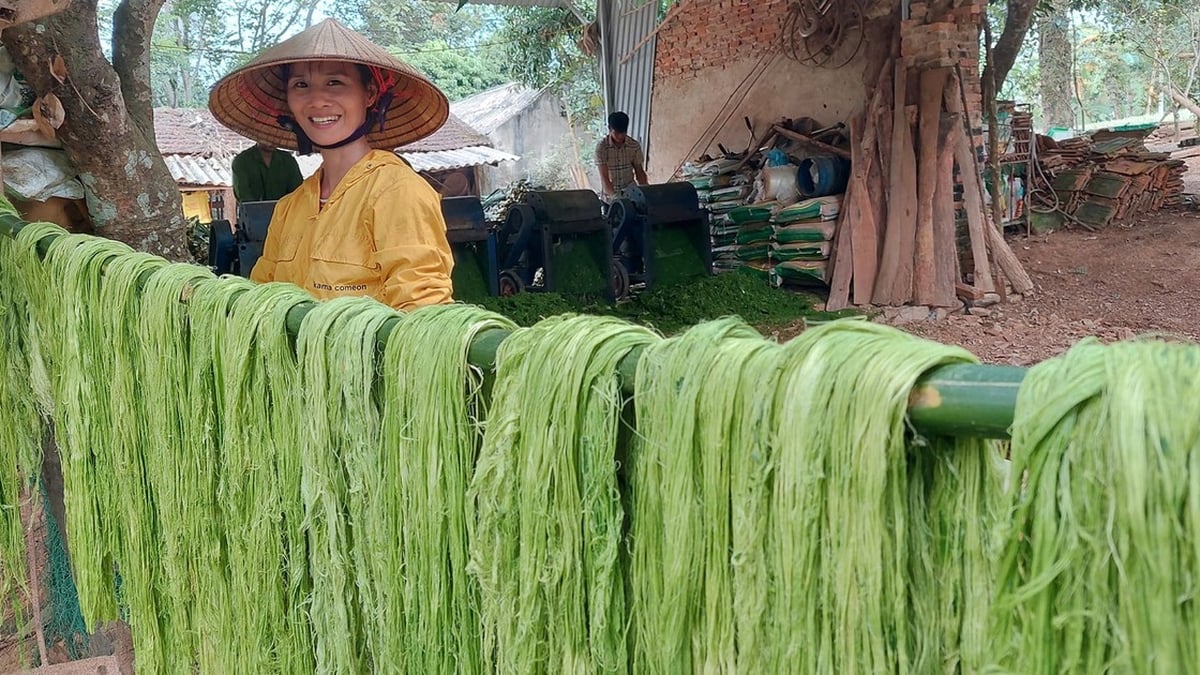
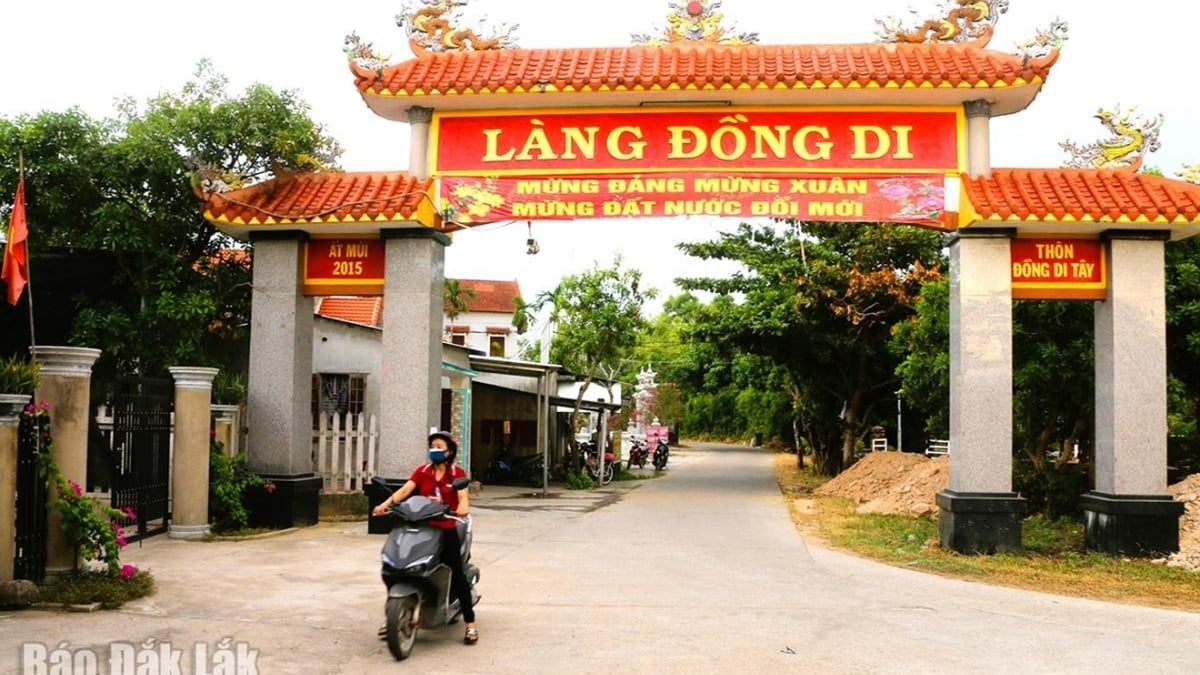
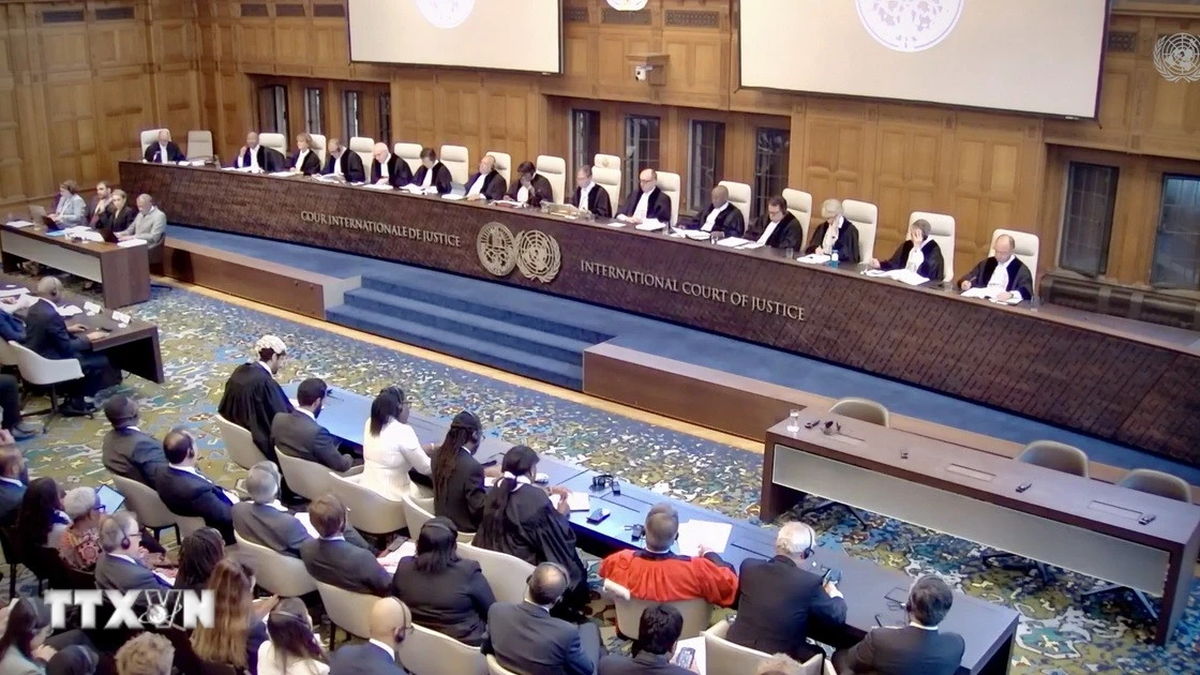
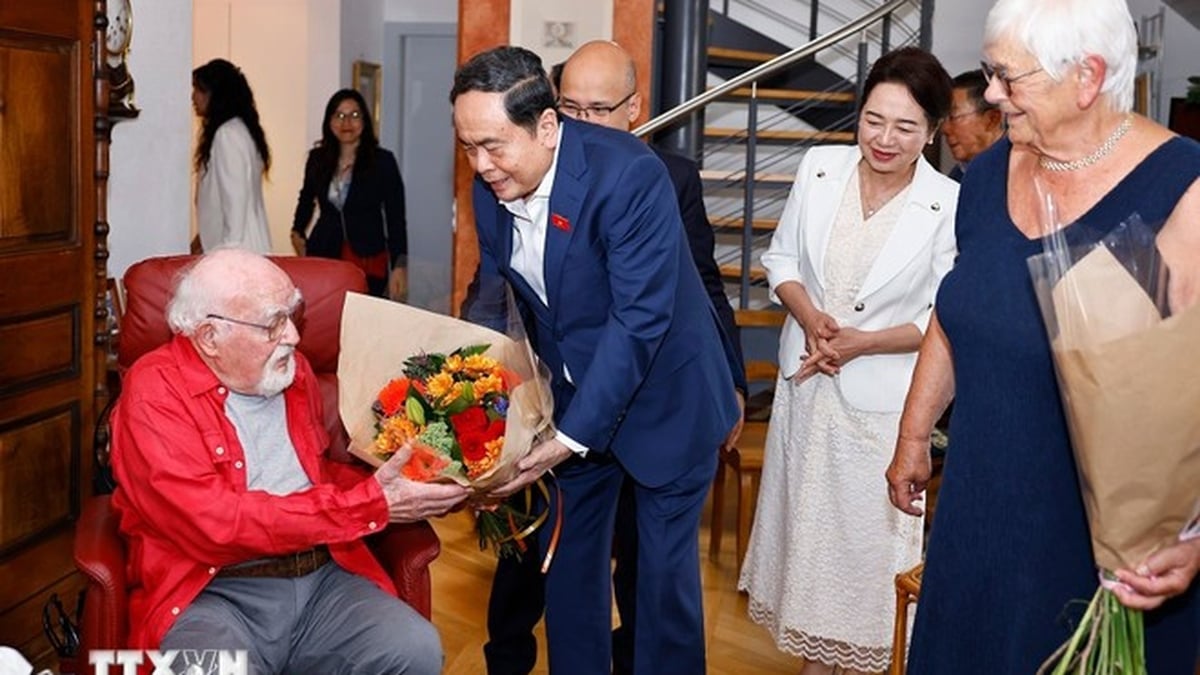



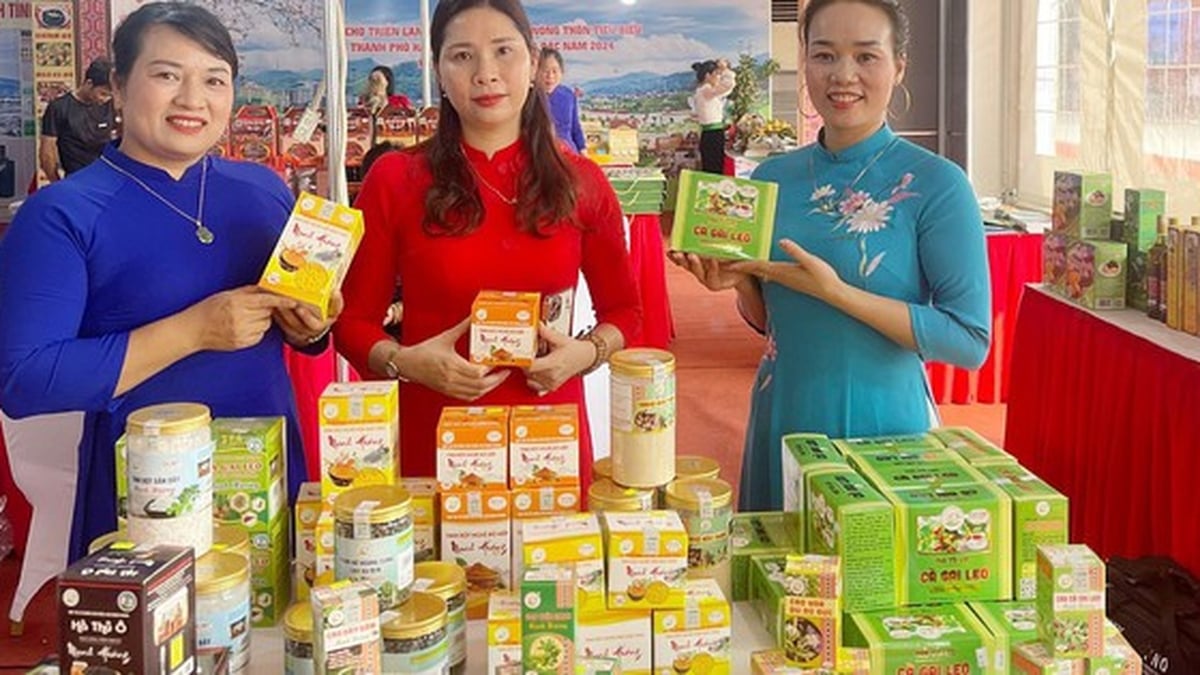



















![[Photo] National Assembly Chairman attends the seminar "Building and operating an international financial center and recommendations for Vietnam"](https://vphoto.vietnam.vn/thumb/1200x675/vietnam/resource/IMAGE/2025/7/28/76393436936e457db31ec84433289f72)




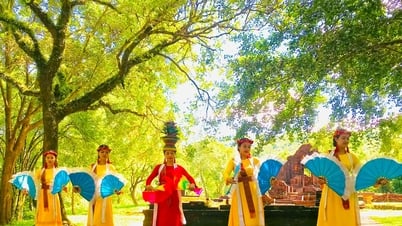

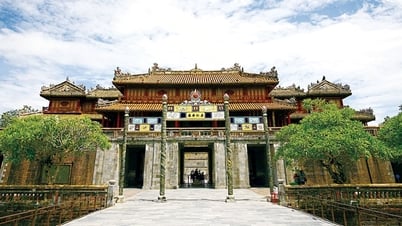

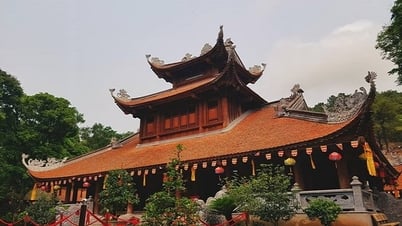









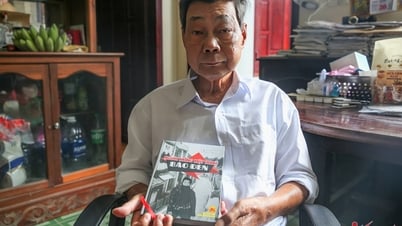


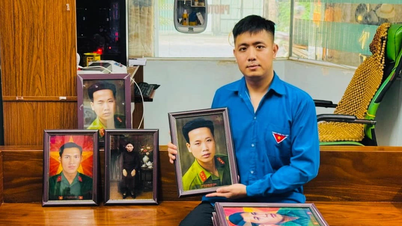

























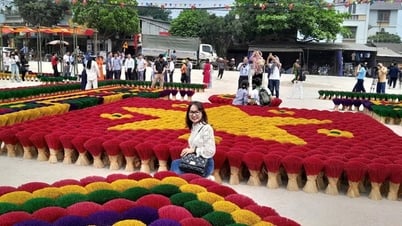























Comment (0)